Simply Sounds Amazing! 😯 JLab Epic Lab Review (vs Sony, Jabra, Bowers)
Before I begin, I want to say that the JLab Epic Lab is something special, and I’m saying this as somebody who’s tested countless true wireless earbuds. For 5 years I’ve seen this segment grow and mature, and only a few earbuds have truly made me say, these sound awesome.
The most recent examples are the B&W Pi7 S2, Jabra Elite 10, and Sony WF-1000XM5, they all sound good for different reasons. But I’ve never really encountered sound quality like this at the price the Epic Lab’s going for, and I’m gonna get into more detail about why that is.
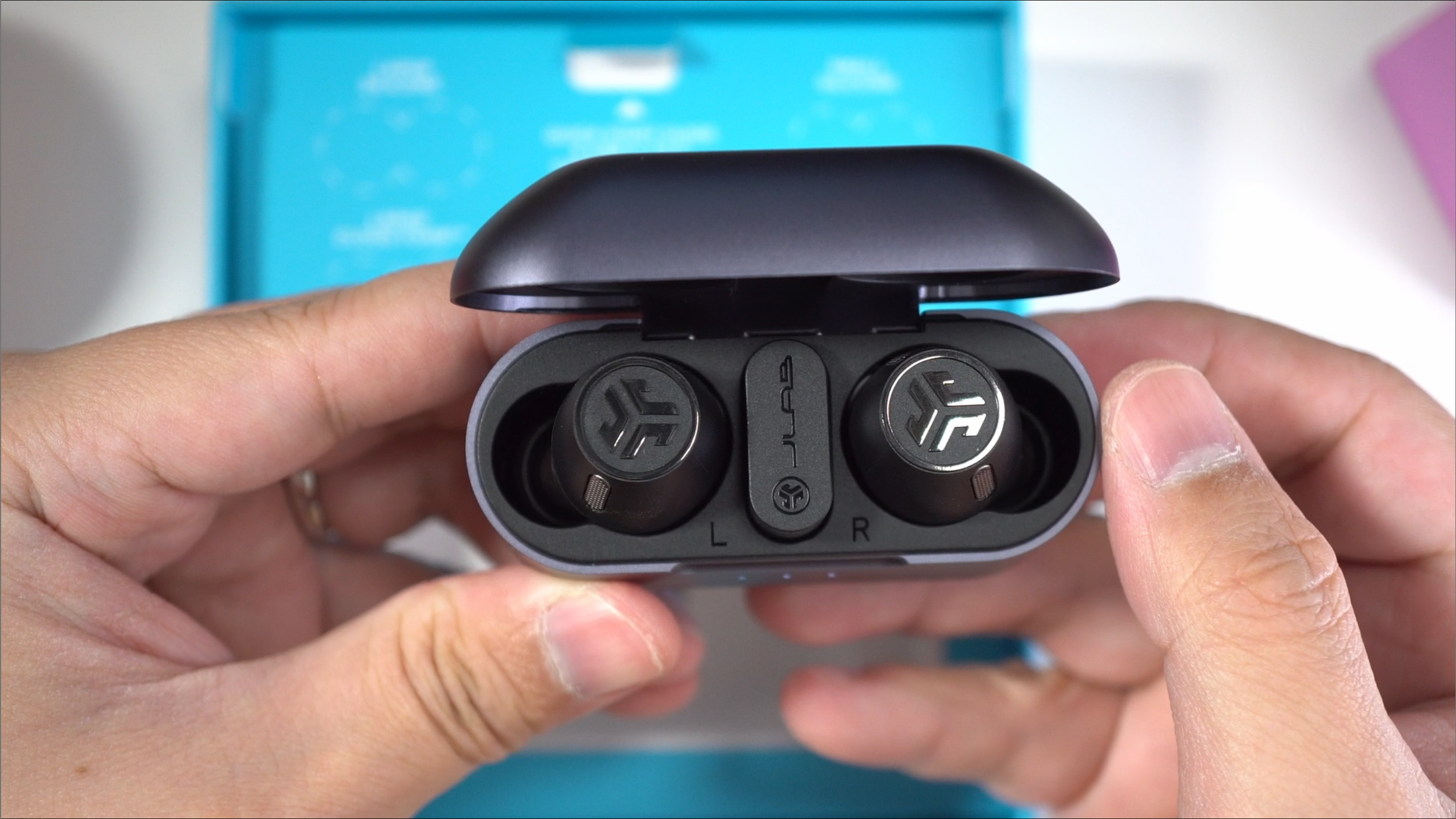
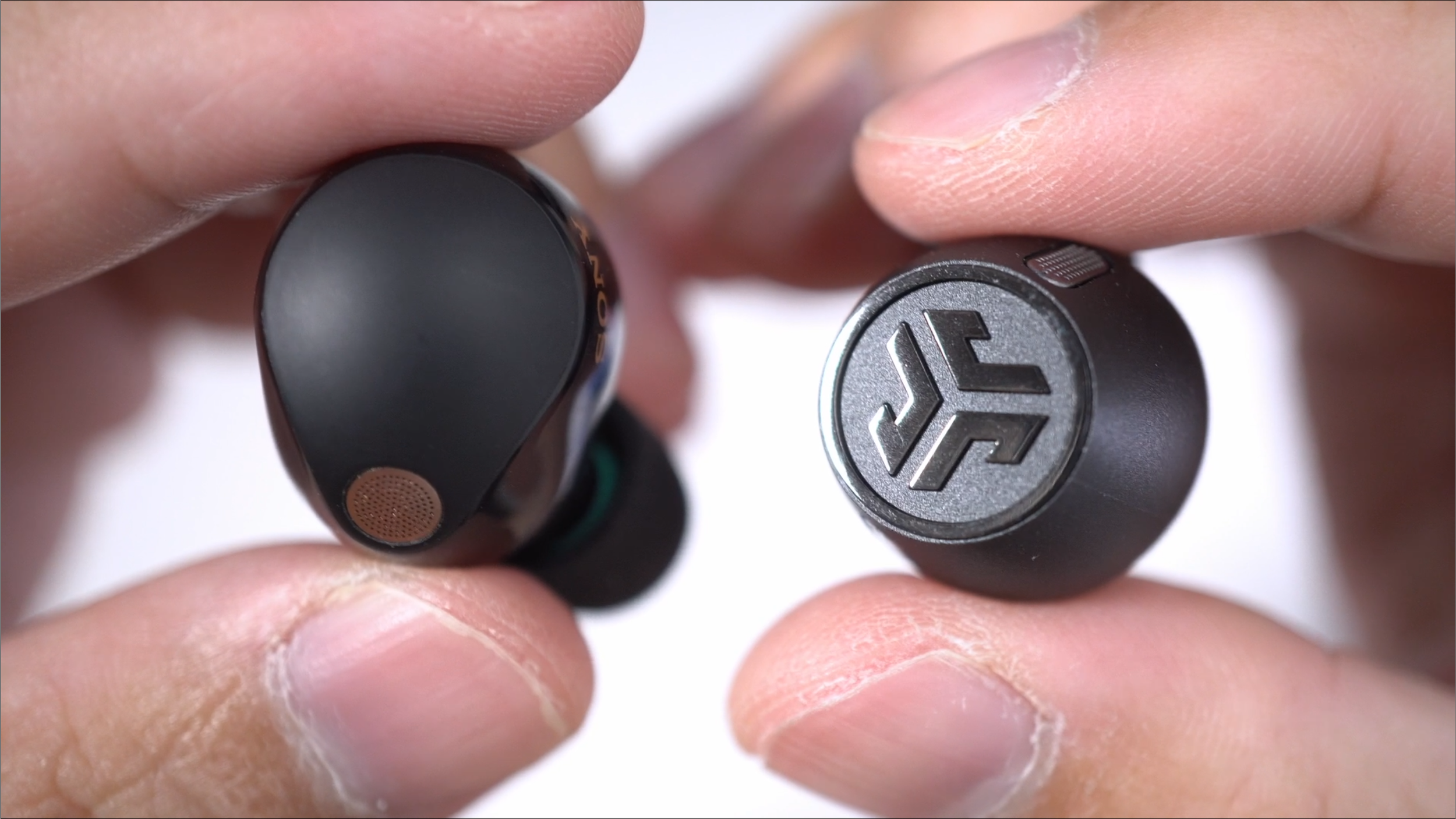
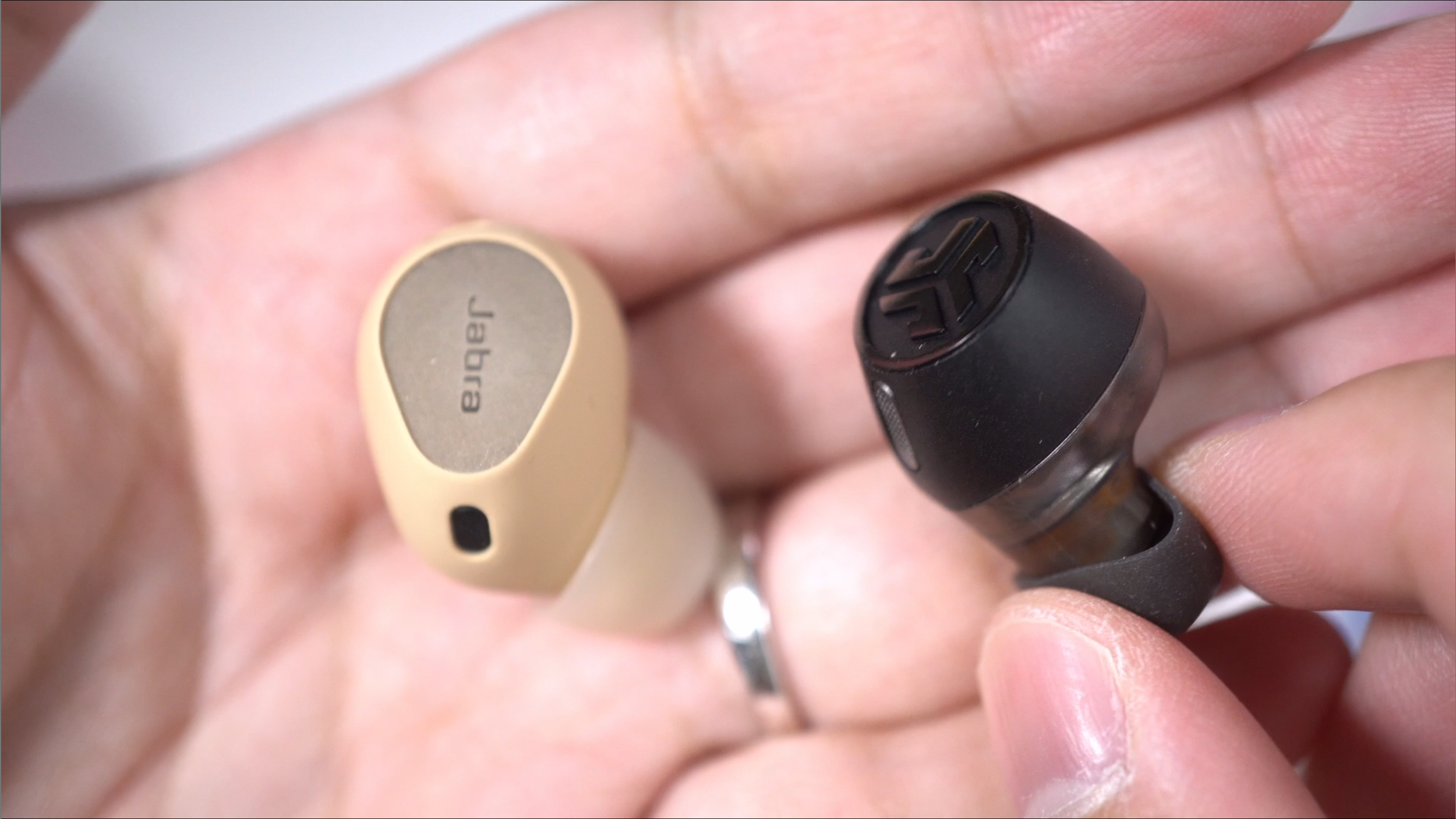
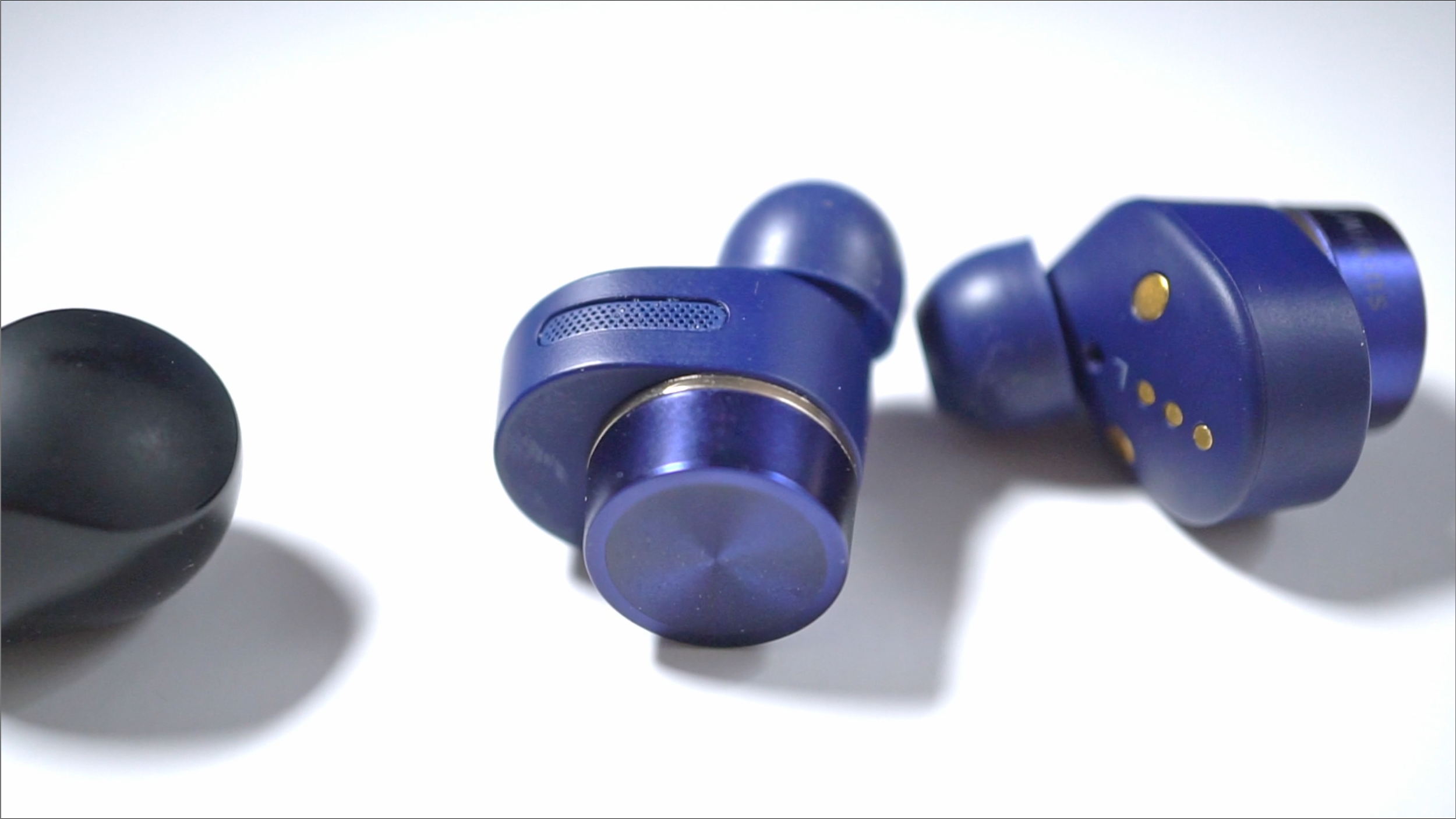
We’re also going to talk about other aspects such as its features, active noise canceling, and call quality, as well as its pros and cons, because of course, there’s really no such thing as a perfect product. If such a product appears, I’ll be out of a job.
Specs and Features
In terms of specs they look pretty good. These are Hi-Res certified, supports streaming over LDAC which is higher bandwidth, and also supports the next gen standard codec LC3. Battery life looks good, up to 9 hours with ANC and up to 36 hours with the case, so 3 extra charges. It supports multipoint pairing, wireless charging and has app support.
I’ve got mixed feelings about the app. I do like that you have full freedom to customize its controls down to the gesture so you can make each side mirror each other if you want to, and you can customize its sound manually, but there are just a few EQ presets. And the UI seems quite dated. But it does have the basic things you need.
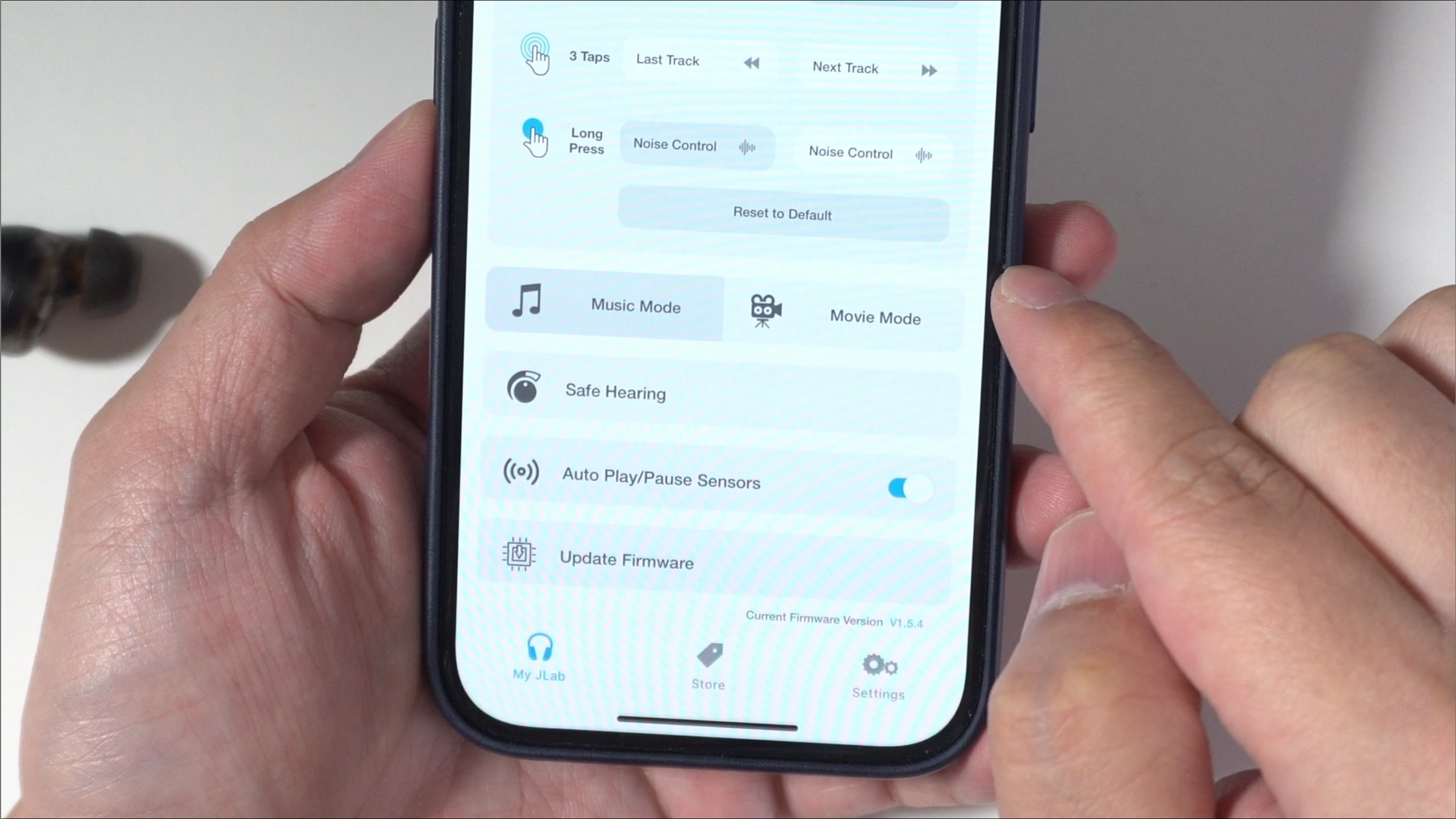
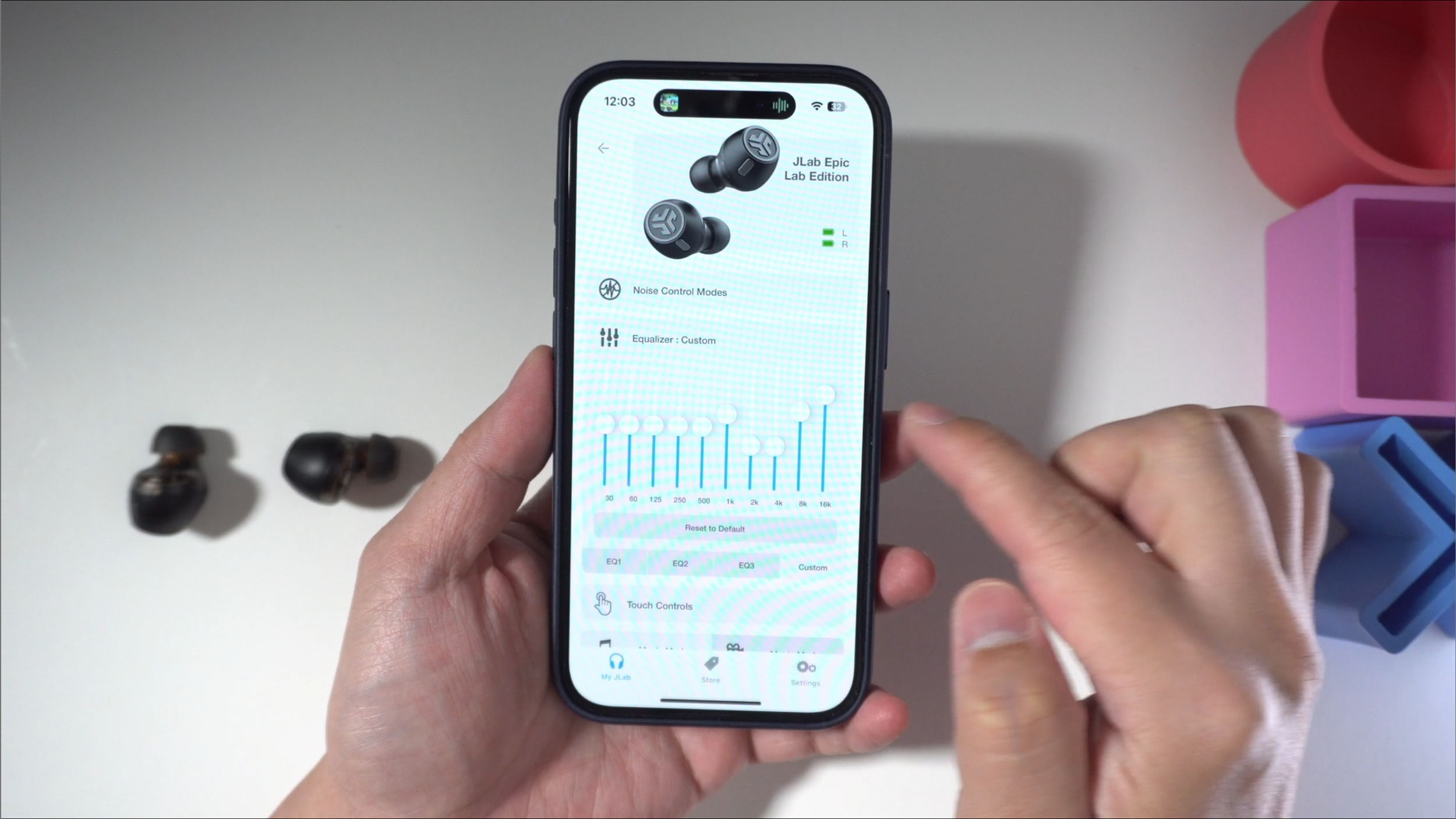
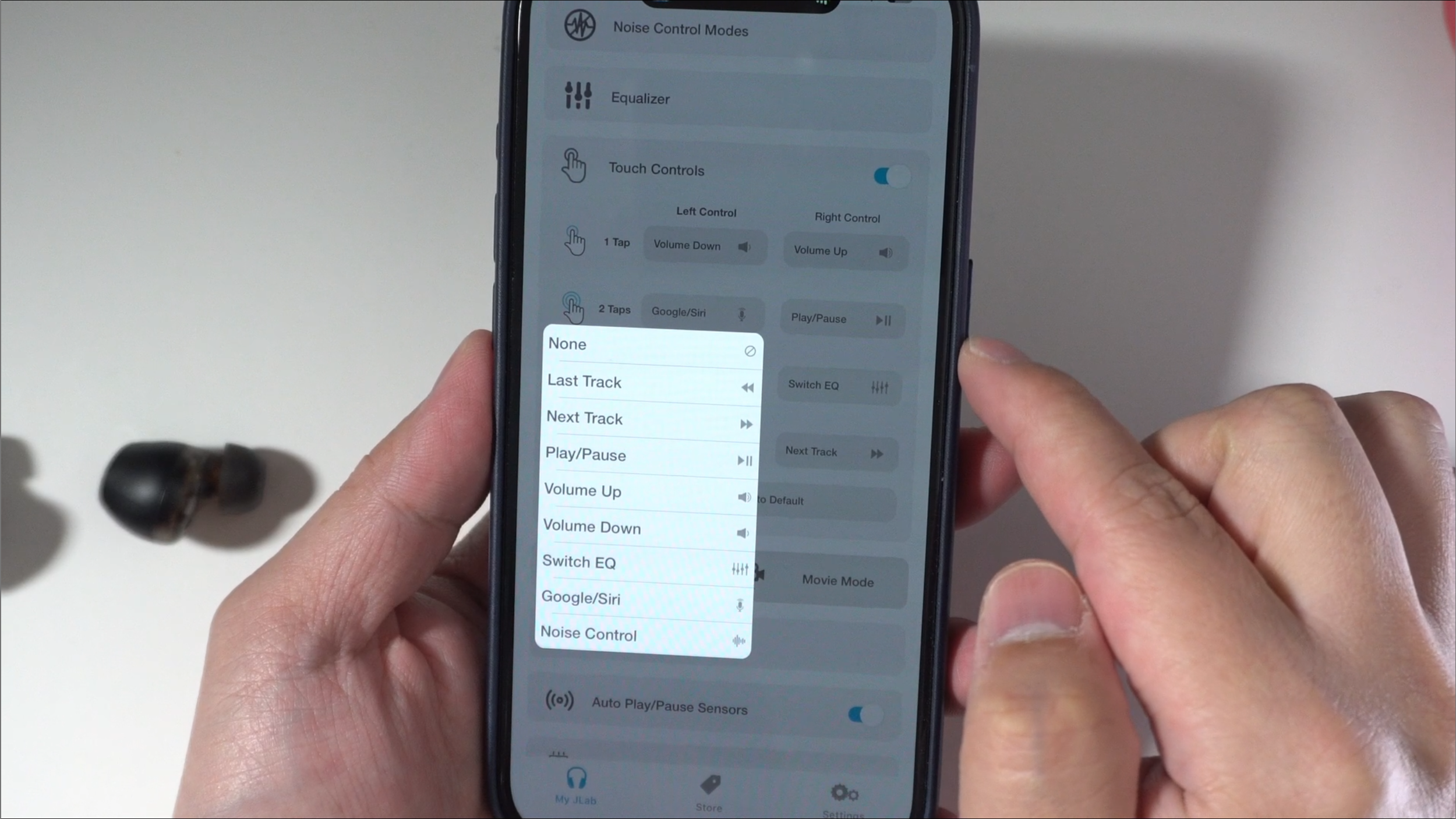
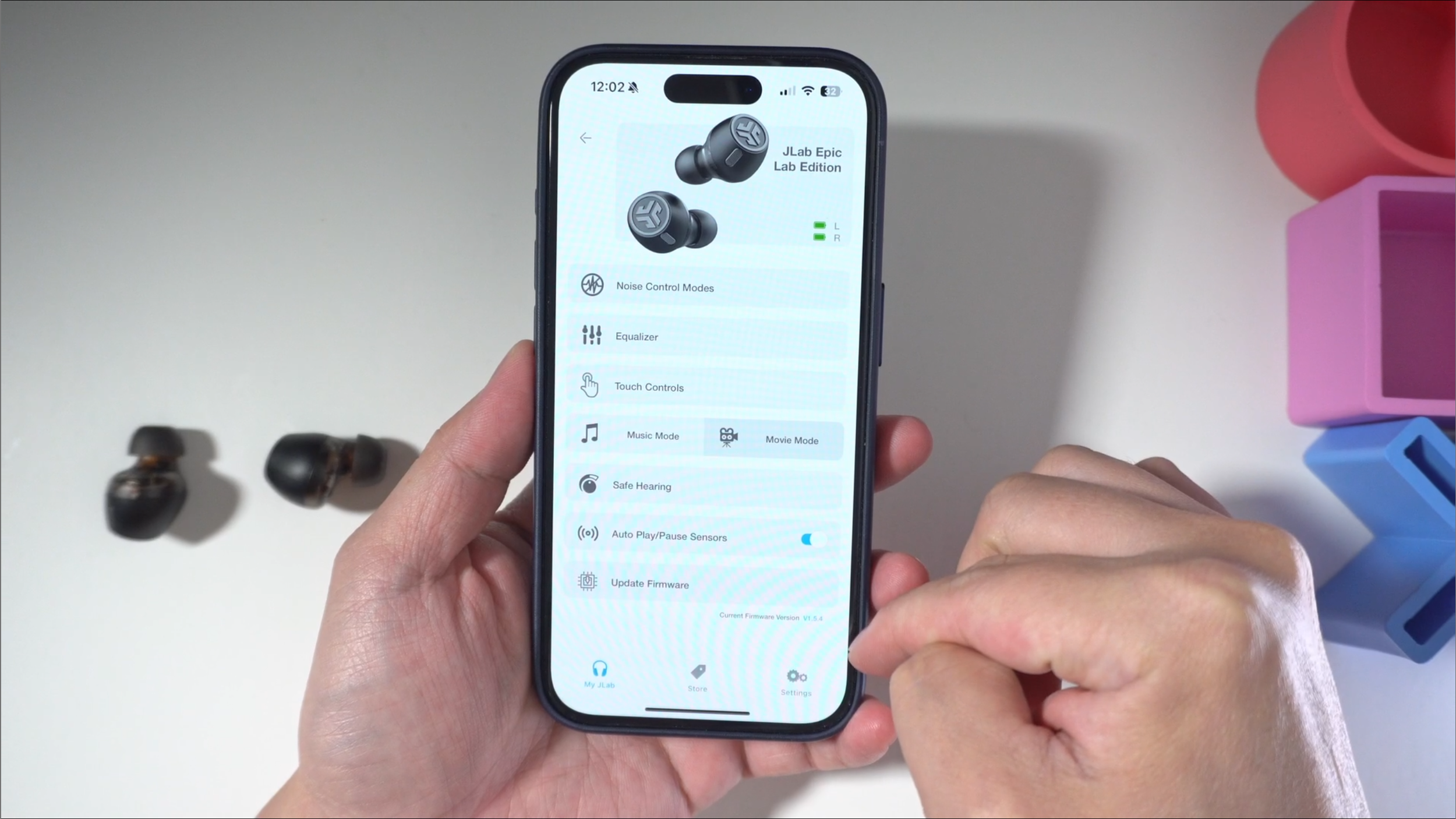
It also supports spatial audio, but it only works IF the content you’re listening to on mobile or desktop has surround sound encoding, like Dolby Atmos. This does trigger on iPhone too. I watched the opening scene of Masters of the Air first on Apple TV, then on YouTube, and I could actually hear the Dolby encoding on the Apple TV version, because I was able to get dialogue coming from different directions, but not on YouTube’s compressed, stereo format.
That being said, it IS still possible to get fake spatial audio from any stereo source. You do that by toggling Movie mode in the app which spreads out the soundstage. Sadly, it doesn’t have head head tracking, unlike other premium buds from Jabra, Sony Apple, or Bose.
But what it does have that most others don’t is a USB-C dongle that you can just plug into your PC, and it’ll connect directly with the earbuds over LE Audio. So you don’t have to go though the whole pairing process if you switch computers.
Doing so, there IS a difference in sound. As you can see from the frequency sweep (below), it’s going to sound a little thinner in the bass and lower mids, so when you’re watching videos or listening to music, vocals will sound crisper. And it also has a bit more rolling off in the treble, hinting at a less airy soundstage over this LE Audio dongle.
It’s a very subtle difference that not everyone can hear, though. Have a listen to the samples.
Sound quality
It’s got a combo driver setup combining a Balanced Armature and dynamic driver in one earbud, somewhat similar to the Pi7S2. So when I heard these for the first time, it immediately sounded like the Pi7S2 in many ways. Smooth and detailed with deep, resonant bass and gravity, bass and mids separation was super distinct, so there was no cross-bleeding. A lot of presence and detail in strings and winds so that I could even feel the texture of the tracks. But where they sound different is that the Pi7 S2 emphasizes the separation between the 5 and 10 khz region, so it’s holding back some detail to make it sound cleaner. And I do think the B&W’s soundstaging is wider.
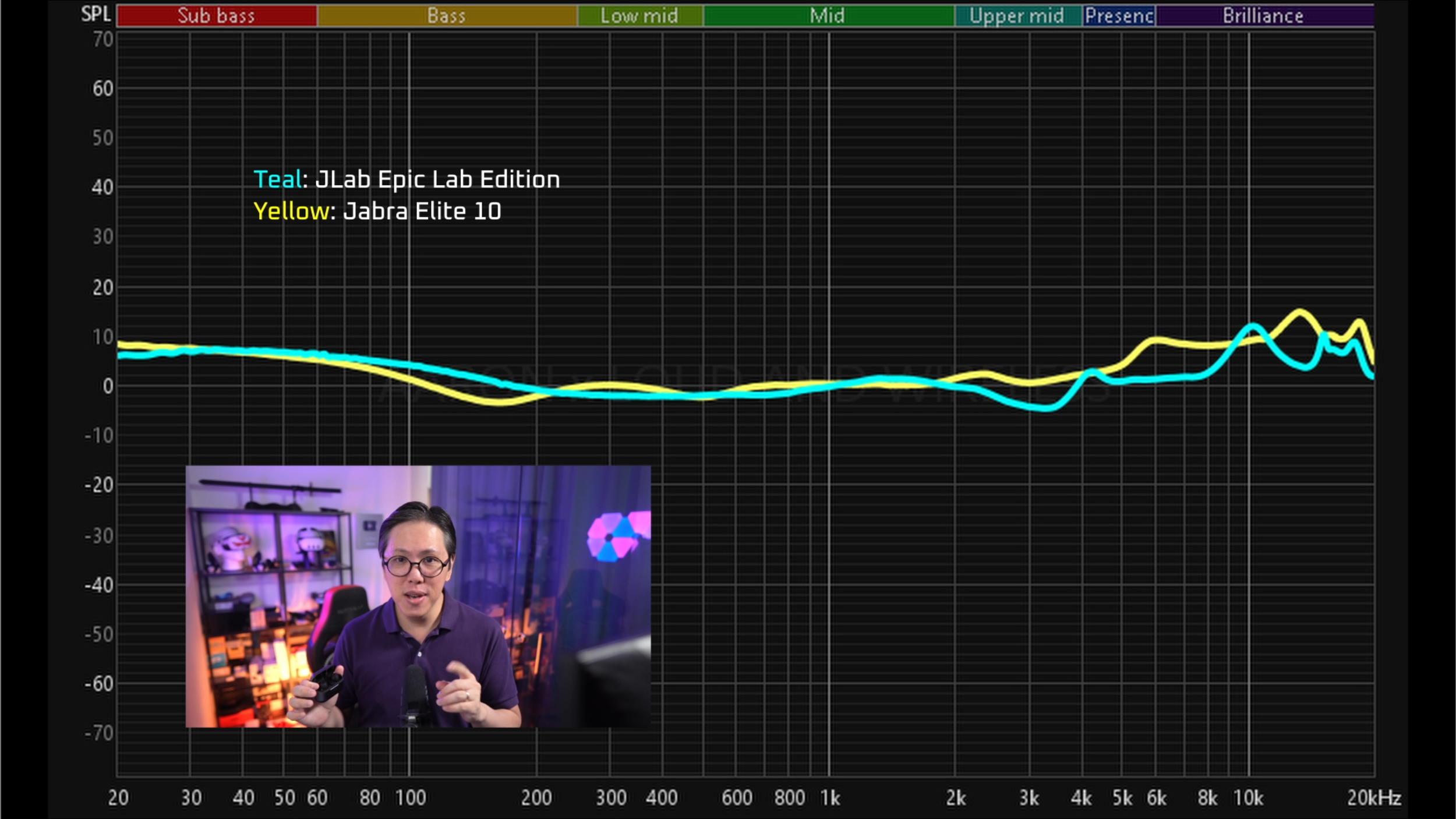
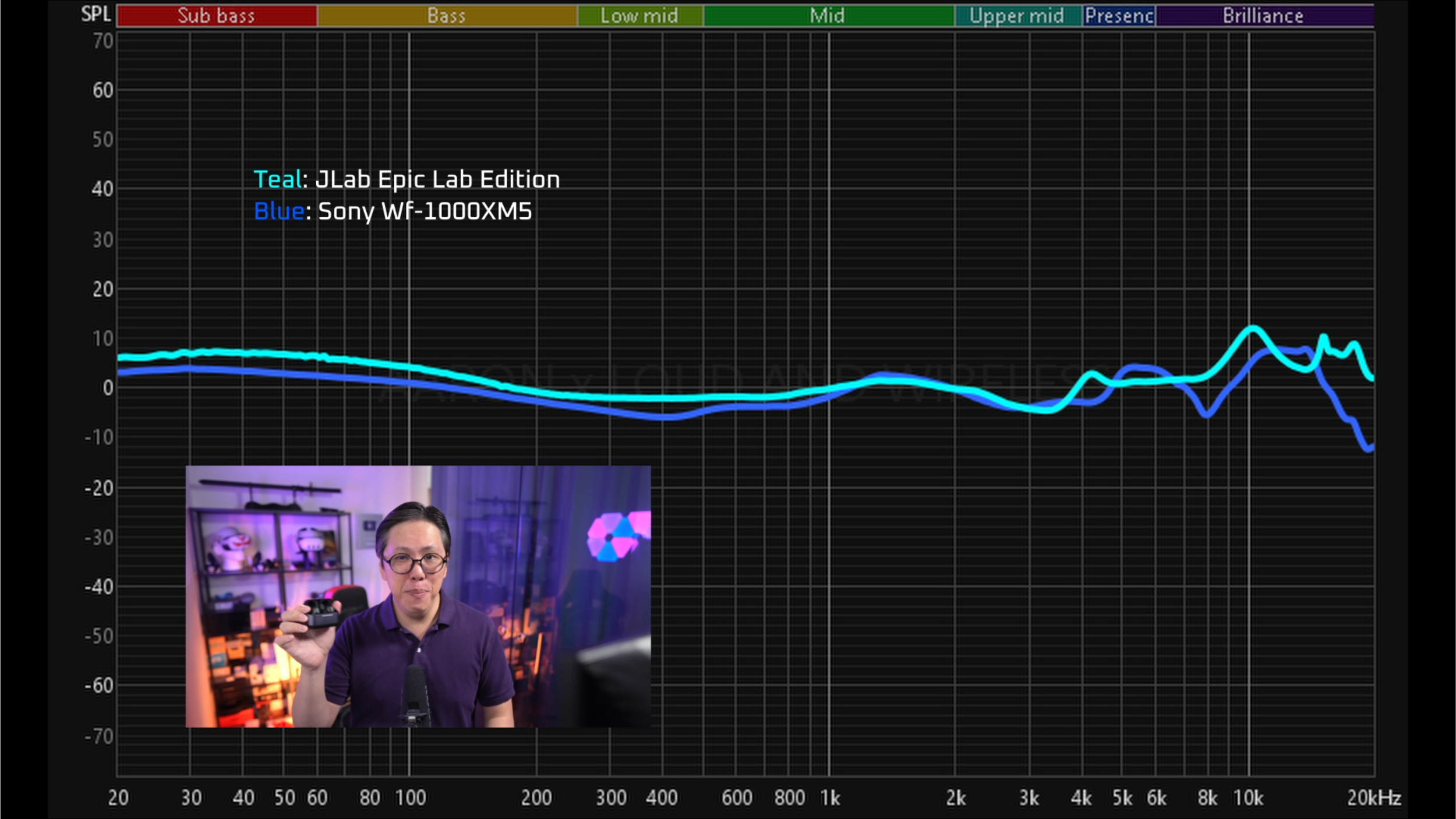
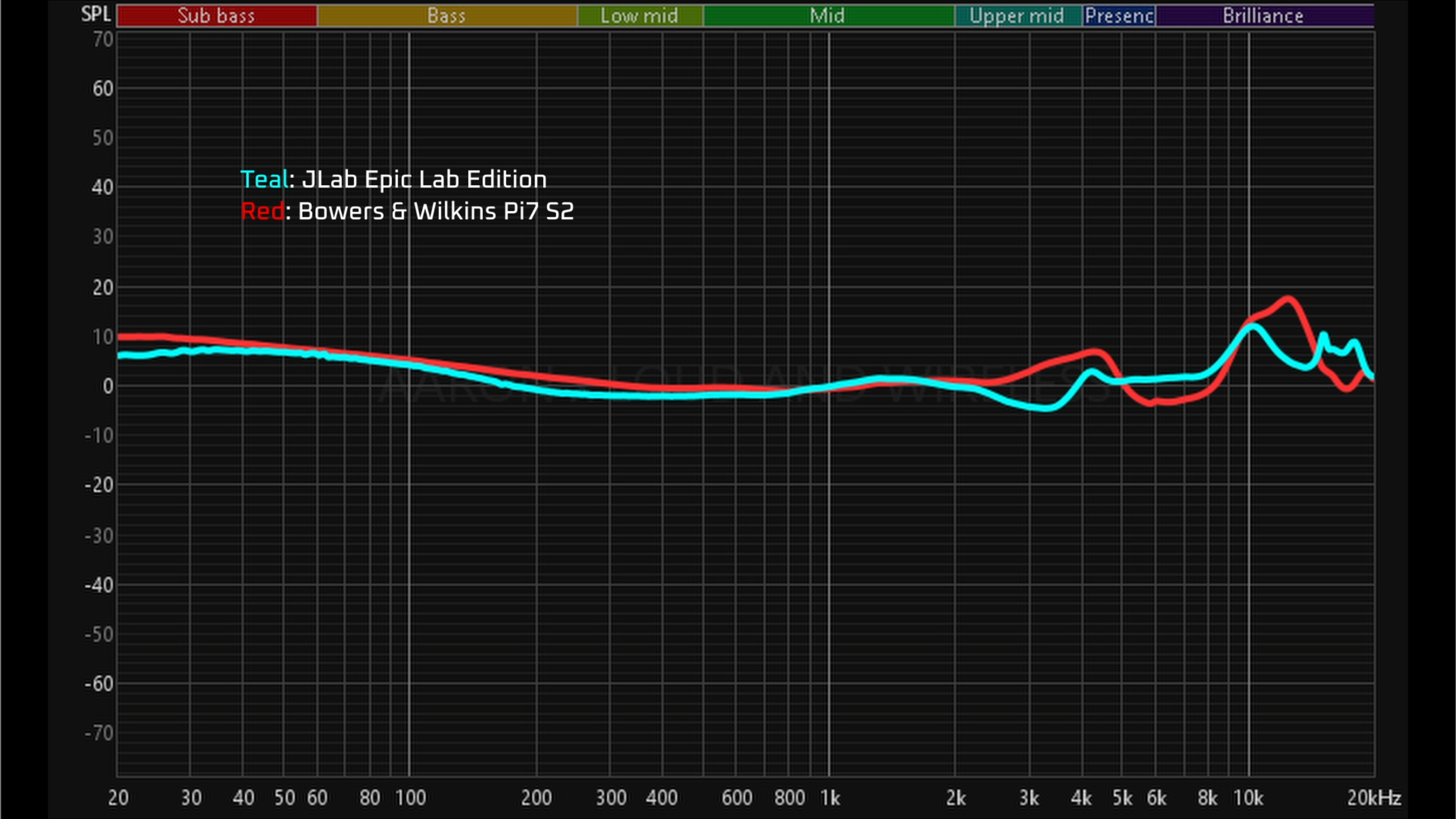
The Sonys sound almost as good but its track separation’s not as clean, and it sounds brighter in the upper mids.
The Jabras have more of a live concert sound, but not as thick and juicy in the lower mids to bass regions. To give you a better idea of what I mean, listen to the samples comparing them to the B&Ws, Sonys, Sennheisers and Jabras.
Call quality
The Epic Lab’s mic pickup sounds pretty good in quiet conditions, but in extremely noisy conditions, there’s a choppiness to the noise reduction although it wasn’t so bad when using it in a noisy food court, as we saw earlier. I also do think that its noise gating cuts a little too aggressively into my voice, which means if you want to be heard well you have to speak a little louder. That being said, its mic pickup is still usable in noisy places since voice clarity is better than the Sony. Listen to the samples.
Active Noise Canceling
In terms of active noise canceling, it is very effective. Not as effective as the Sonys or the Jabras but I was able to get a lot of silence from it. And part of the reason why, is that its passive noise blocking is quite good to begin with. They fit my ears pretty snugly, and stay in place quite well, so even without using the included foam tips, I was able to get a fantastic seal. And when the active canceling is on, it gets even more silent. Listen to the samples.
Transparency Mode
In terms of transparency, it’s quite usable because it does passthrough most of the sounds around you from the mid-treble frequencies, and it does have peak protection so sudden loud noises are blocked effectively. But at the default max transparency it can sound a bit too bright and hissy. I recommend lowering it in the app by 20% or more, so it sounds more natural.
Conclusion
Overall the Epic Lab’s biggest benefit for me and why I think it’s worth buying is its sound. These are some of the best sounding earbuds I have tested (under $200). That’s just my opinion. Depending on the kind of sound you’re used to you might agree or disagree because everyone’s taste in sound is different. But I’ve no doubt that to most people, these are going to sound very different from what you’re used to, in a good way.
But like I said, some things could be better.
It doesn’t have head tracking, and its range of EQ presets is extremely limited. When using multipoint and switching between devices, the audio buffering does take a few more seconds than usual, so the audio’s not going to start exactly where you left off. And as for the ANC toggles, right now it toggles from ANC on, to ANC off, then Transparency. That is slow. Makes more sense to have a way to remove ANC OFF so that it jumps straight from ANC ON to transparency.
The last thing is the dongle, it doesn’t sit tightly in the cradle so there’s a risk that it could fall out when you tip it over. Those are just a few gripes I have, but overall, I’m really digging the JLab Epic Lab edition. If you want to check its latest price, use the links to its Amazon page below.
Amazon
JLab Epic Lab Edition - https://amzn.to/3IbnzS7
B&W Pi7 S2 - https://amzn.to/3ZjYdZe
Jabra Elite 10 - https://amzn.to/3EHIp9J
Sony WF-1000XM5 - https://amzn.to/48metfG
Lazada
JLab Epic Lab Edition - https://s.lazada.sg/s.Yk4sv?cc
(Affiliate Links Disclosure)
When you make a purchase through the Affiliate Links on this site, the site earns a small commission at no cost to you. Thank you for your support!



